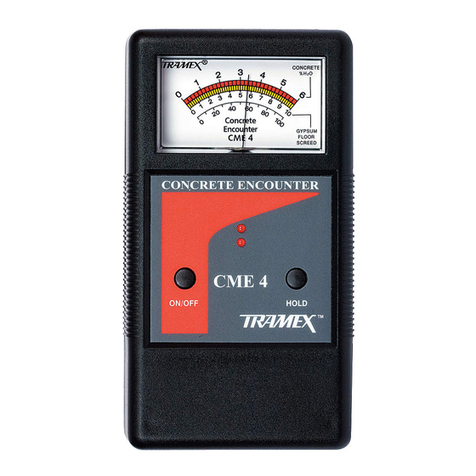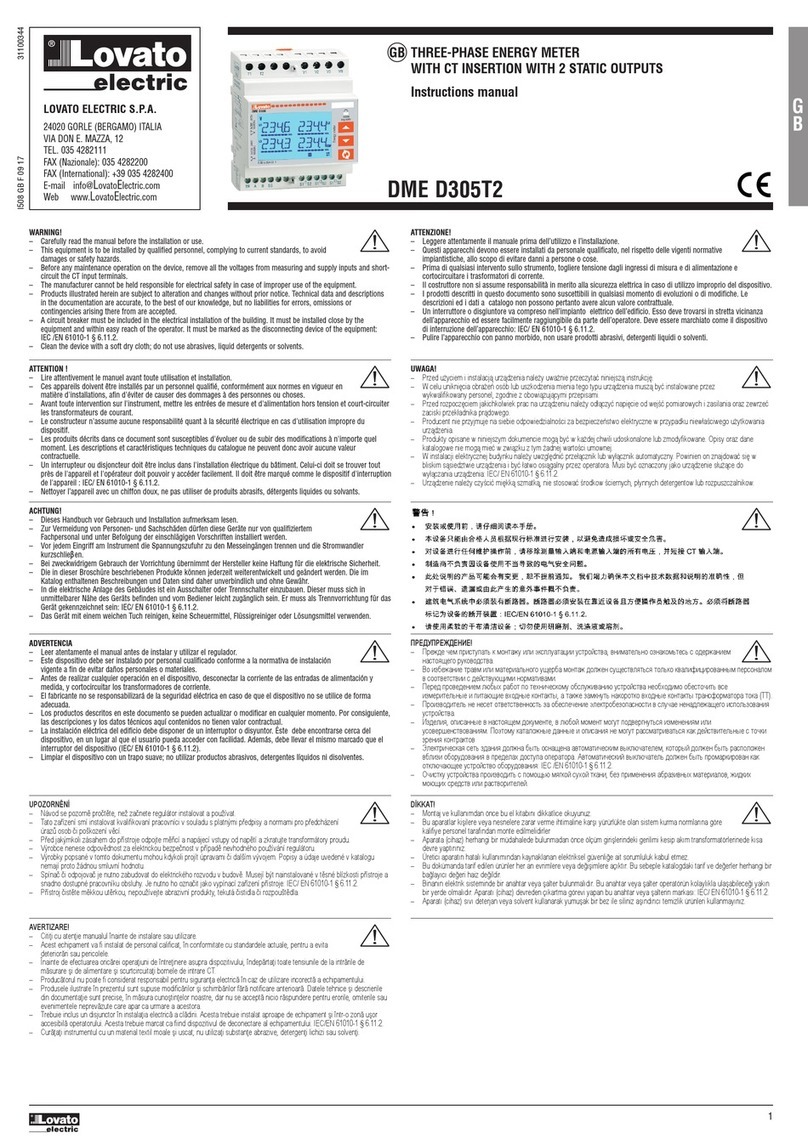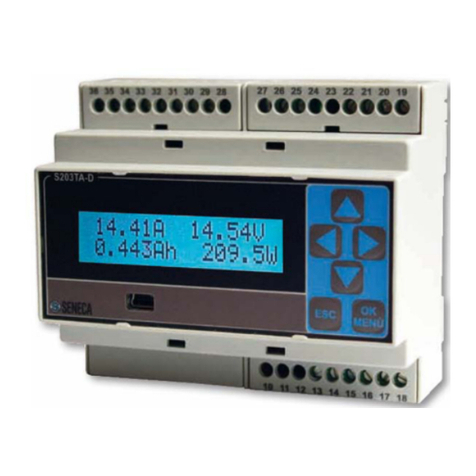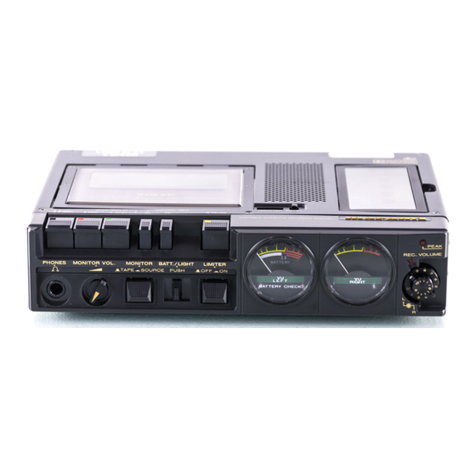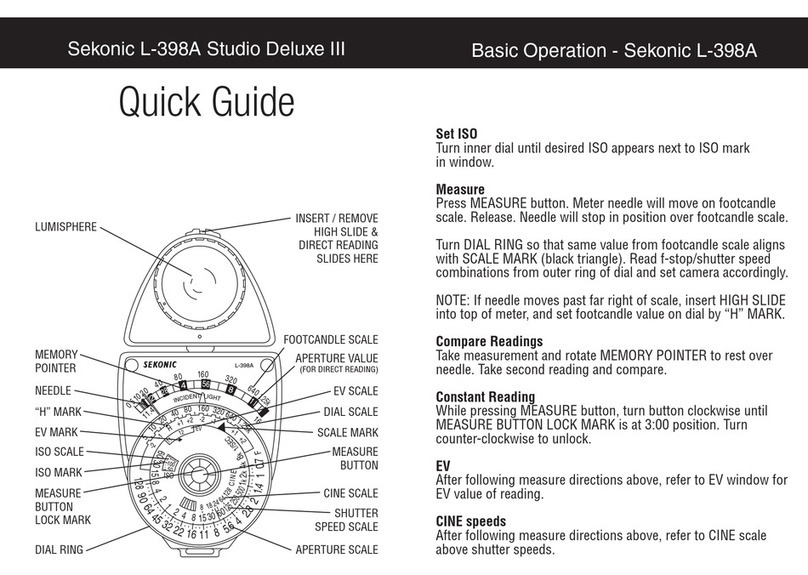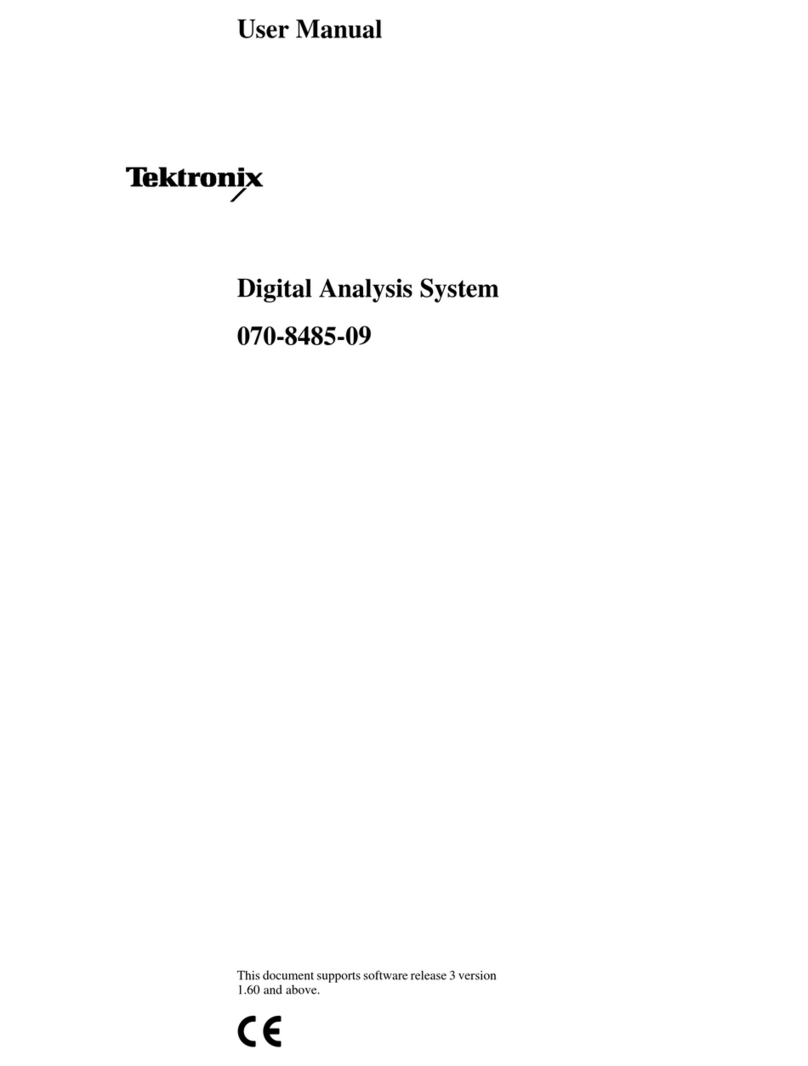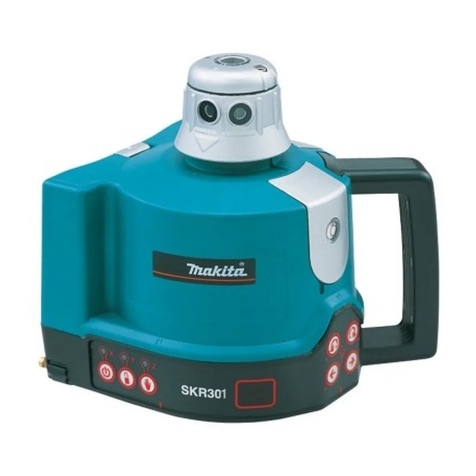TRAMEX MRH III User manual




















Other manuals for MRH III
2
Table of contents
Other TRAMEX Measuring Instrument manuals
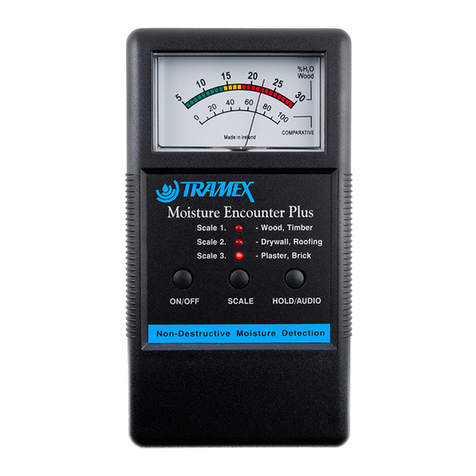
TRAMEX
TRAMEX MEP User manual
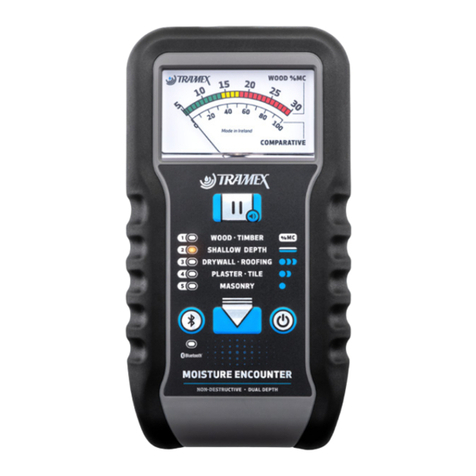
TRAMEX
TRAMEX ME5 User manual
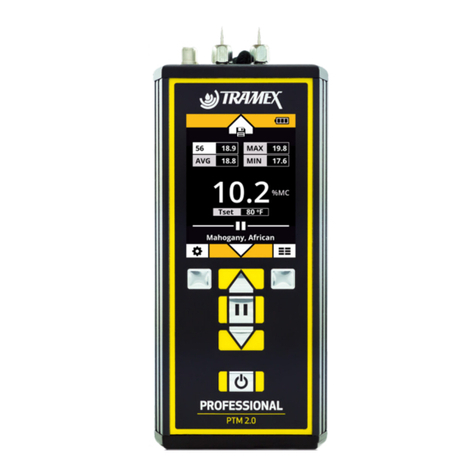
TRAMEX
TRAMEX PROFESSIONAL PTM 2.0 User manual
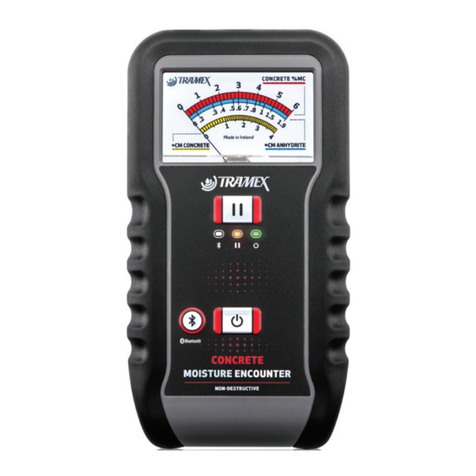
TRAMEX
TRAMEX CME5 User manual

TRAMEX
TRAMEX CME5 User manual

TRAMEX
TRAMEX CME5 User manual
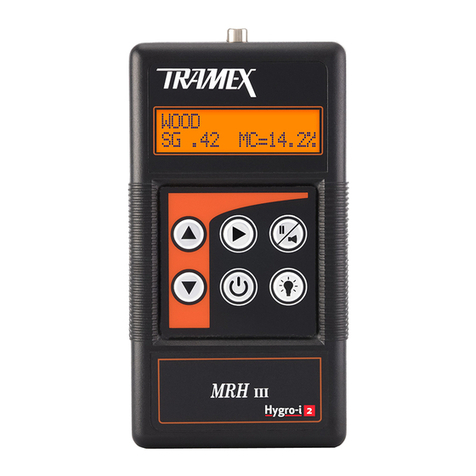
TRAMEX
TRAMEX MRH III User manual
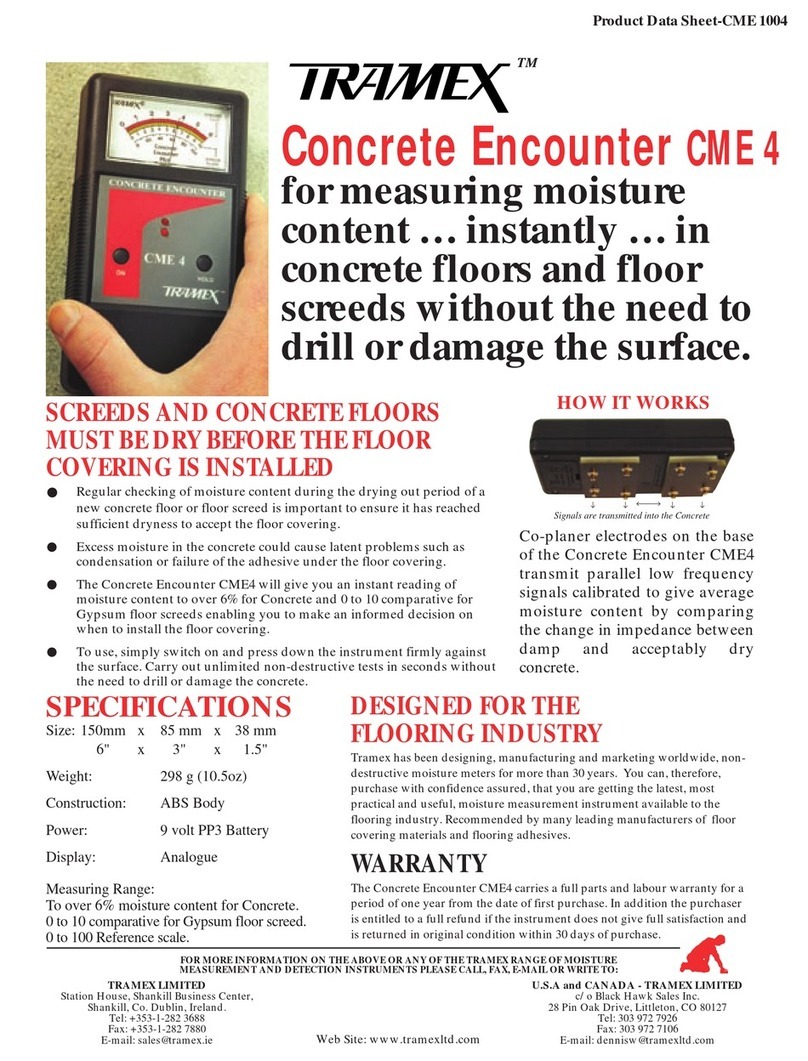
TRAMEX
TRAMEX CME 4 User manual
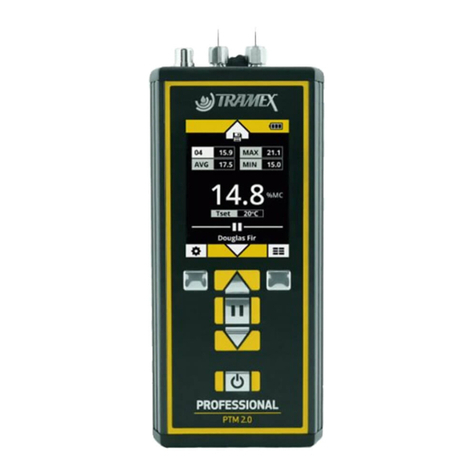
TRAMEX
TRAMEX PROFESSIONAL PTM 2.0 User manual

TRAMEX
TRAMEX CMEX5 User manual

TRAMEX
TRAMEX CME 4 User manual
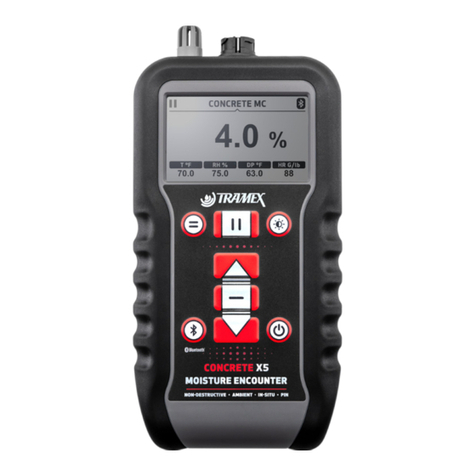
TRAMEX
TRAMEX CONCRETE MOISTUREENCOUNTER X5 User manual
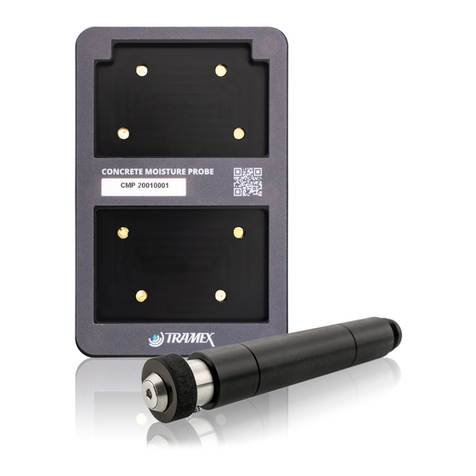
TRAMEX
TRAMEX THE DETERMINATOR CMP User manual
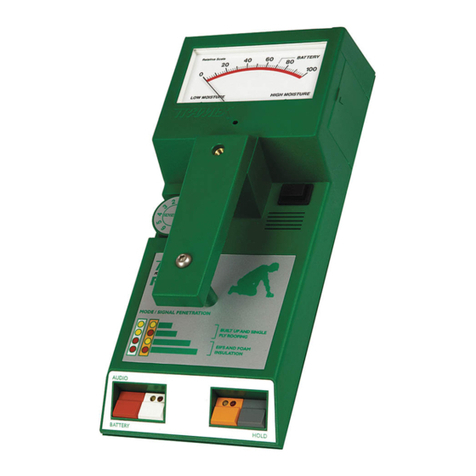
TRAMEX
TRAMEX RWS User manual
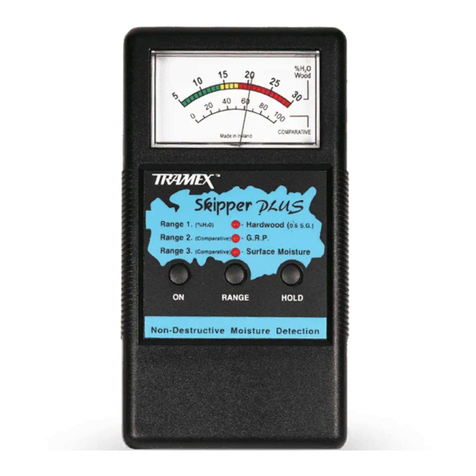
TRAMEX
TRAMEX Skipper Plus User manual

TRAMEX
TRAMEX ME5 User manual
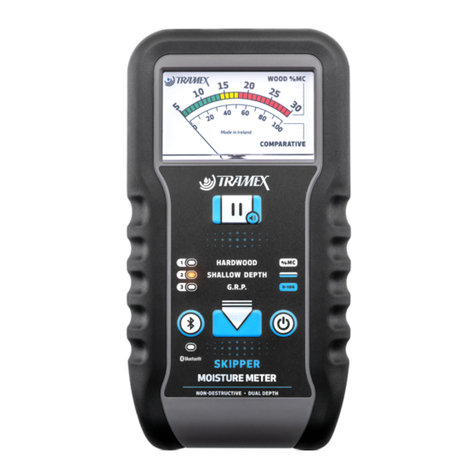
TRAMEX
TRAMEX SKIPPER 5 User manual

TRAMEX
TRAMEX cmeXpert 2 User manual

TRAMEX
TRAMEX Skipper Plus User manual
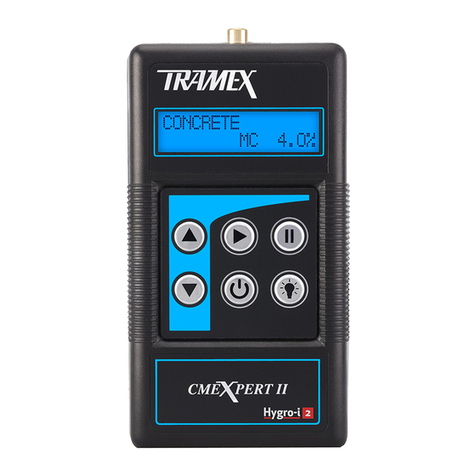
TRAMEX
TRAMEX CMEX II User manual
Popular Measuring Instrument manuals by other brands
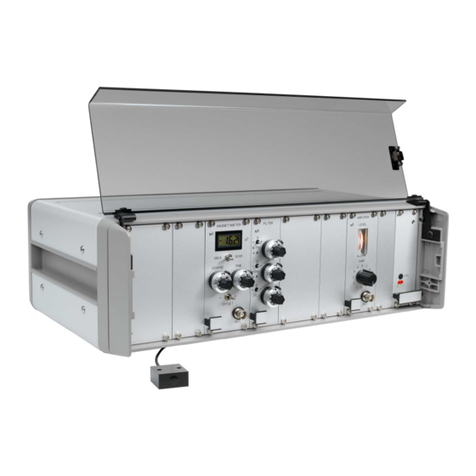
Stefan Mayer Instruments
Stefan Mayer Instruments MK-1 user manual
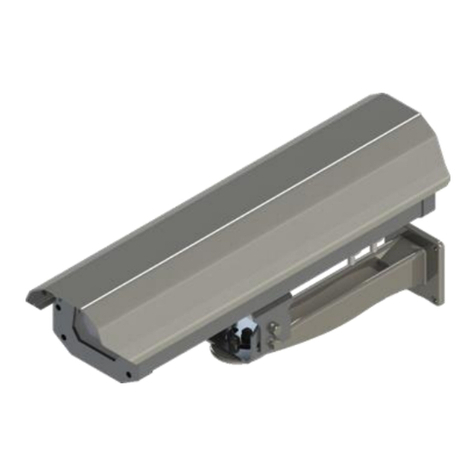
PUMATRONIX
PUMATRONIX ITSCAM FF600 product manual

techem
techem IST Series installation instructions

gefran
gefran SENSORMATE QE2008-W SET user manual
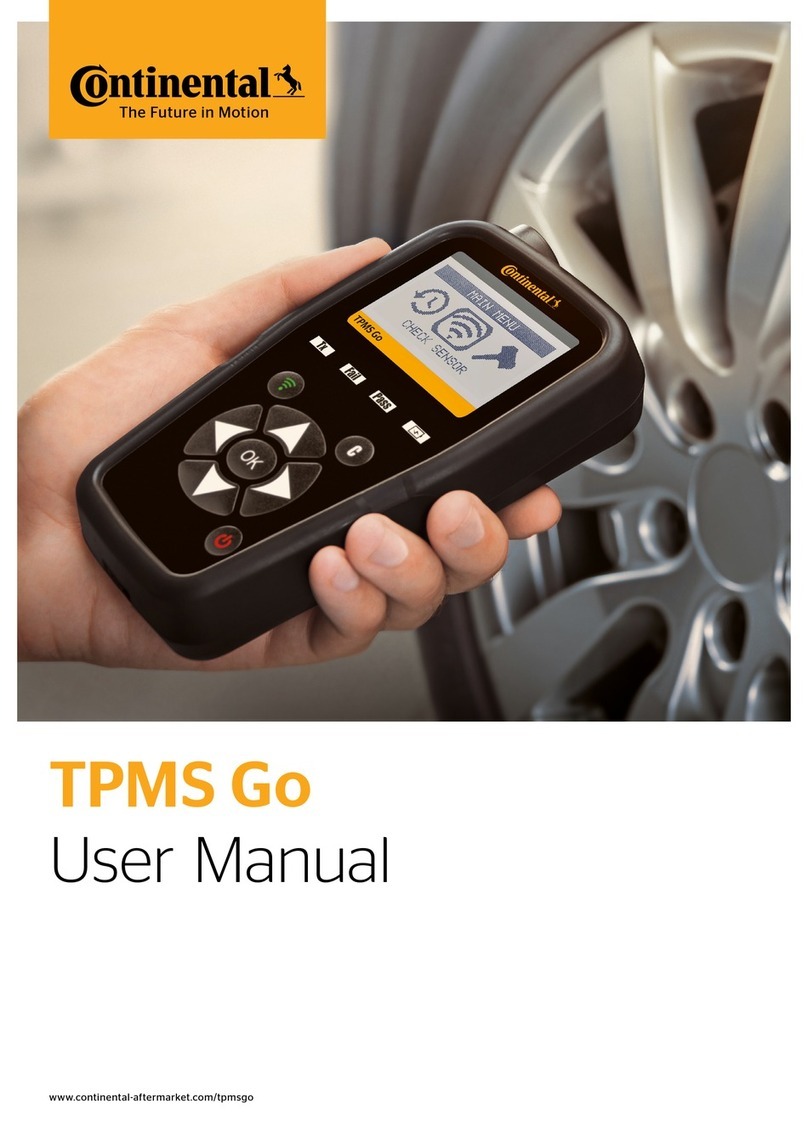
Continental Refrigerator
Continental Refrigerator TPMS Go user manual
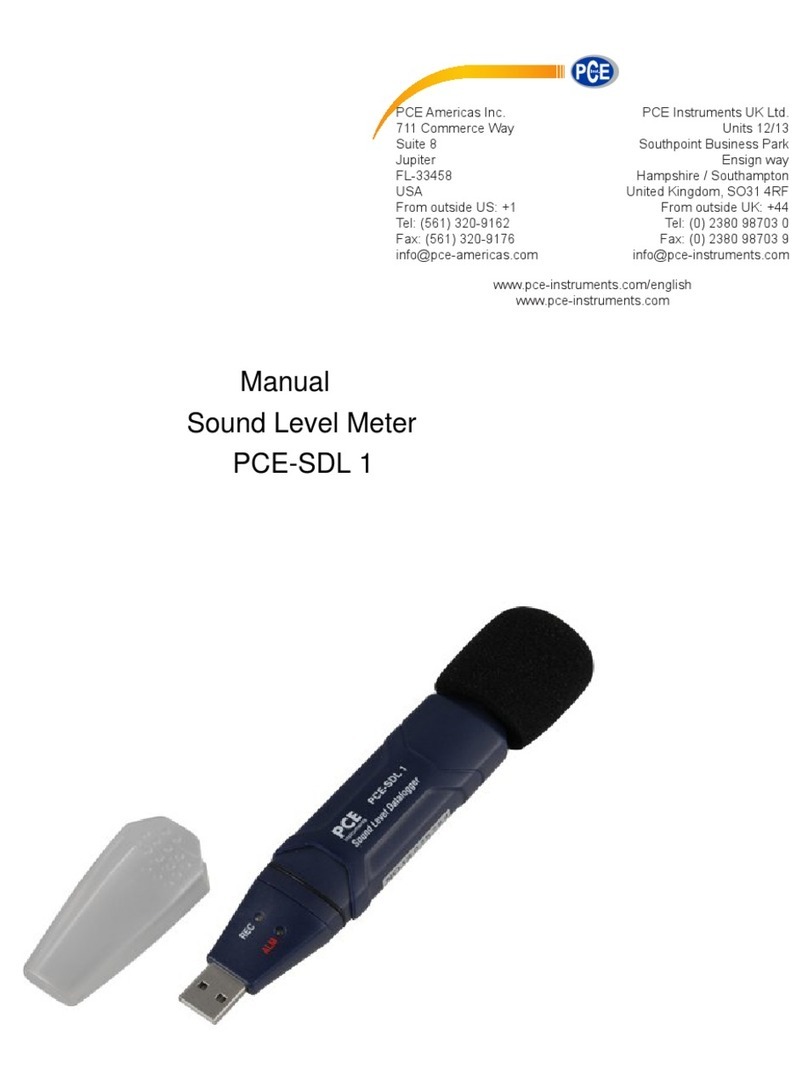
PCE Instruments
PCE Instruments PSE-SDL 1 manual

